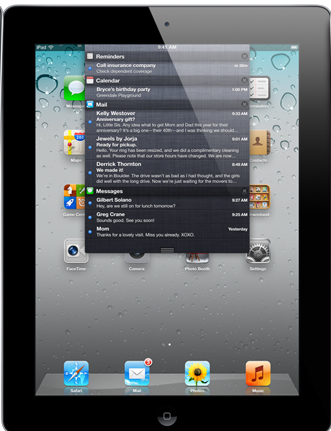Android tablets: Death by data plan


There are now Android tablets with outstanding hardware components, and others at prices cheaper than the iPad. They still don't sell in numbers that make a dent in iPad sales. Consumers flock to the iPad for the standard reasons, compelling design, good marketing among them, but a big reason is the ease of purchase. There are only a few choices to make when buying an iPad, memory and color primarily, and the big one -- Wi-Fi or 3G.
Tablets are highly mobile devices, and having integrated 3G is a good thing to get online just about anywhere. Not having to depend on finding a hotspot is a liberating thing, and Apple realized that in the beginning. That is why it negotiated the deal with AT&T to provide mobile data connectivity without a contract. Pay as you go is a brilliant streak to simplify the decision at purchase time. If you need 3G connectivity, turn it on and pay for a month of usage only when needed.
The lack of a no-contract data plan is killing Android, a slow, painful death in the marketplace. Buyers wanting mobile data are faced with a two-year commitment on top of an expensive tablet. While a Wi-Fi tablet can be selected, it is more restrictive than a 3G/4G enabled tablet. To prospective buyers determined to have 3G in the new tablet, many will just go with the iPad.
Carriers don't seem willing to offer Android tablets with month-to-month data, and as 4G tablets become the norm so will expensive data plans. High-end Android tablets can already be expensive, and throw in a two-year commitment for $30 - $80 on top of that and they can be out of the reach of most consumers.
Buy an Android tablet for $500 - $600 plus $50/month for two years, or an iPad 2 for $600 plus $20/month only when needed. Game might as well be over.
Update: This article was written from the standpoint that regular mainstream consumers, not the tech-savvy crowd who know how to compare the offerings, simply walk into a shop and walk out with a purchase. These folks don't compare hardware specs and don't follow the details of the various carrier data plans. They just know they don't want a two-year commitment for a tablet.
While it is always buyer beware, the vast majority of consumers are just not familiar enough with how this stuff works. Those are the consumers this article addresses. Most do not know anything about tethering a phone to a tablet, nor do they even know how to research for month-to-month plans. They walk into a Verizon/AT&T (or other carrier) store where they try their darnedest to sell them a contract.
See also:
- Typical day in the life of an iPad 2
- Why I bought an iPad 2
- HP TouchPad: Everything you want to know
- Review: Motorola XOOM, brimming with unrealized potential
- Hands-on review: Samsung Galaxy Tab 10.1
- Hands on with first 7-inch Honeycomb tablet: Acer A100
- Lenovo IdeaPad K1 tablet: First impressions
- ThinkPad Tablet: Ready for the boardroom
- ThinkPad Tablet vs. Samsung Galaxy Tab 10.1 as laptop replacement